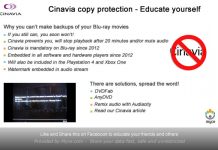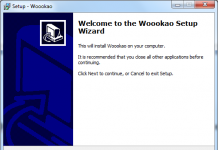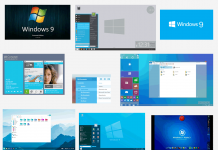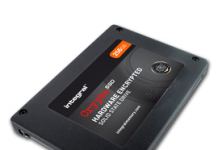In the sequel of copy protection explanations here is part 2, Key2Audio. Key2Audio seems to popup a lot, and is at this moment (November 2001) the most used copy protection. Its traces appear on almost every forum.
Sony DADC
Key2Audio is actually a product of Sony's DADC department that has also developed the SecuRom protection, once widely used on games and applications, but it seems that it has lost the battle with SafeDisc from Macrovision.
The protection promises the producer of the CD, and the consumer that the CD's can be read by any normal CD player because it is compatible with the Red Book standard. The Red Book standard (developed by Philips and Sony) is the blueprint of the audio CD as we know it, and describes how a CD should be produced (The Red Book describes the CD's physical specifications, such as the tracks, sector and block layout, coding, and sampling), so that if every CD manufacturer and hardware manufacturer works with these standards there will be no problems with incompability and every CD plays on every CD player.
It seems that this is no lie, the protection however 'exploits' the Red Book standard by using it probably the way Sony and Philips have never intented it back when they developed the standard. They have modified the CD so it can not be played on CD/DVD-ROM, CD-R and CD-RW drives, thus they do not play on PC, Apple Macintosh or other systems equipped with CD-ROM, CD-R, CD-RW, DVD-ROM and DVD-R devices, but how do they do this...
How it works (not confirmed):
How it exactly works is not really clear, but it seems that Key2Audio protected CD's contain several sessions (a session could be called a collection of tracks) and that the PC only wants to read the data session(s) and the audio CD player only picks the audio session. Also the Table Of Contents (TOC) seems to be modified so the CD-ROM drive goes mad.
Most reports are that there are 3 sessions, 2 sessions with each one small data track and one session with the first track a data track and the rest audio tracks, the last session seems not to be closed.
Uh oh ?
And again you might be stunned by these technical terms, and the question raises, is there a way to bypass it ?










